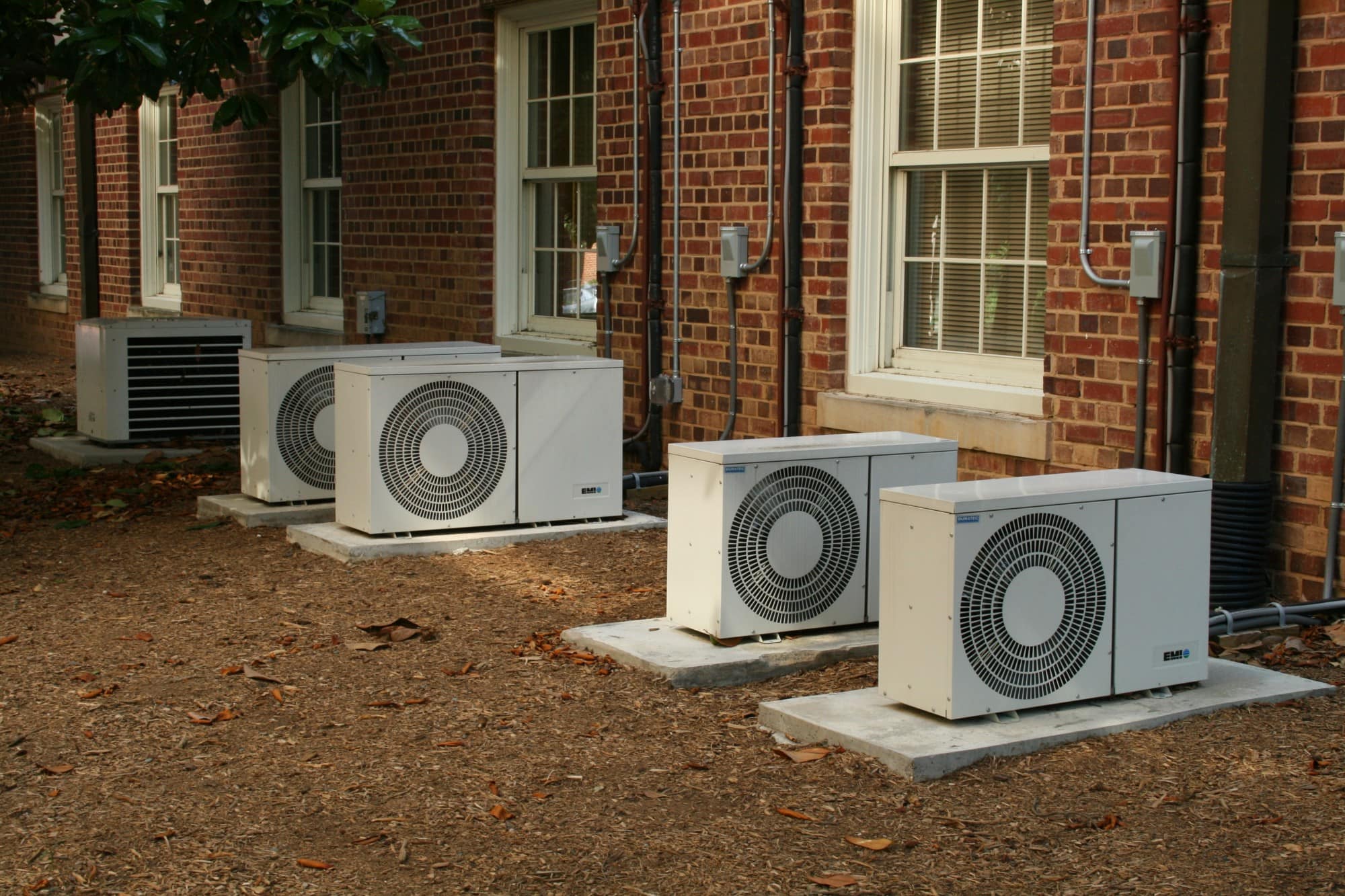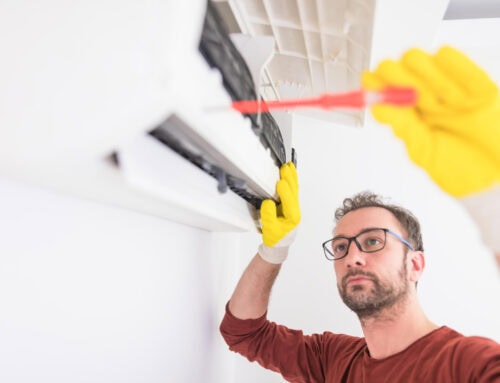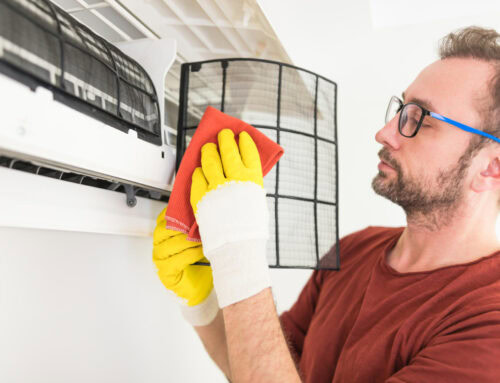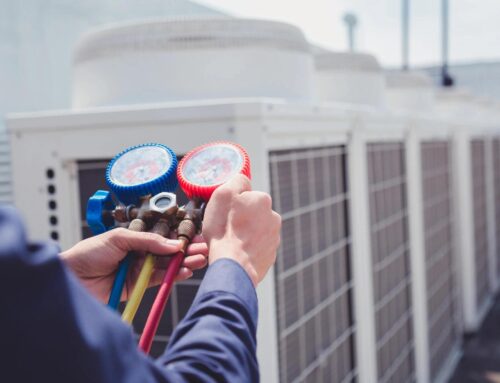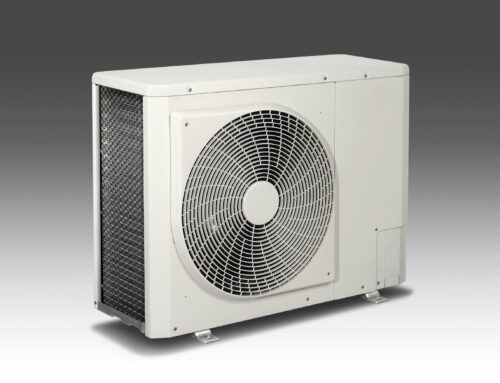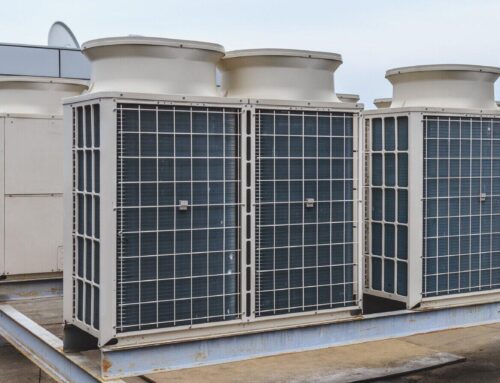It’s empowering to master the art of home repair and upgrades. You get to feel more like the master of the home, and less like a dweller. The problem, ultimately, is that some tasks are not only more complicated but take more permits than others.
For those looking to do some DIY AC unit installation, you’ll need more than a how-to guide to get the job done. Depending on the unit type you will need specific permits to handle hazardous materials.
If that’s a big problem, remember that you’re able to do all of the install yourself and then have the system charged and inspected by a professional.
To embark on this home improvement journey, consider the following pre-install tips.
AC Unit Installation Prep Tips
Ideally, you prep for an install inside to out. The house gets prepped in the rooms, then the halls, the walls, and finally the external unit.
Knowing what you’re doing and where in the process you are makes it far easier to troubleshoot unexpected problems.
Calculate Needs
Before you being any actual construction, it’s important to understand how much cooling your home needs. In the business, this is known as the Manual J load calculation.
This calculates the size of the areas that air travels through, the quality and rating of wall and attic insulation, as well as the doors and windows.
Online calculators are a good source, they both walk you through the steps and provided data for relative humidity and other factors based on your regional climate. The final number will indicate how big of an HVAC system you’ll install.
Prep Ducts
Unless you are going with a ductless split AC system, you need to seal off the ducts and make sure they’re clean.
Clean ducts before HVAC installation begins keeps contaminants out of your air and promotes stronger airflow.
Know the Unit
The type of AC unit you install makes a big difference to the cost and the tail end of the installation.
Efficiency
While you want a unit that pushes enough volume to cover the number of Btu per hour provided by your calculation, you also need efficiency.
The higher the SEER number the less per hour a unit costs to operate. This is important for keeping your costs down and also controlling internal noise. A more efficient unit runs more consistently so you get fewer start and stop noises.
Size
Smaller units are attached to the inside of a room, a window, or the exterior of the house.
Larger units draw a lot of power and make noise. You want to position them on dedicated surfaces that won’t sink or erode. You also want to place them far from a window or a commonly used outdoor area.
Type
An HVAC system needs to play nice year-round. This means cooling in the heat and heating in the cold.
If you have a furnace in place that does forced-air, you want an AC system that works along the same lines.
If you have independent room heating, the split system provides the same pinpoint, room by room temperature control.
Play it Safe
By understanding your needs, the types of units that meet those needs, and how to prep the house itself you are ready to do your own AC unit installation.
If you need some help partway through installing your AC, you can always reach out to us to help finish the job.

